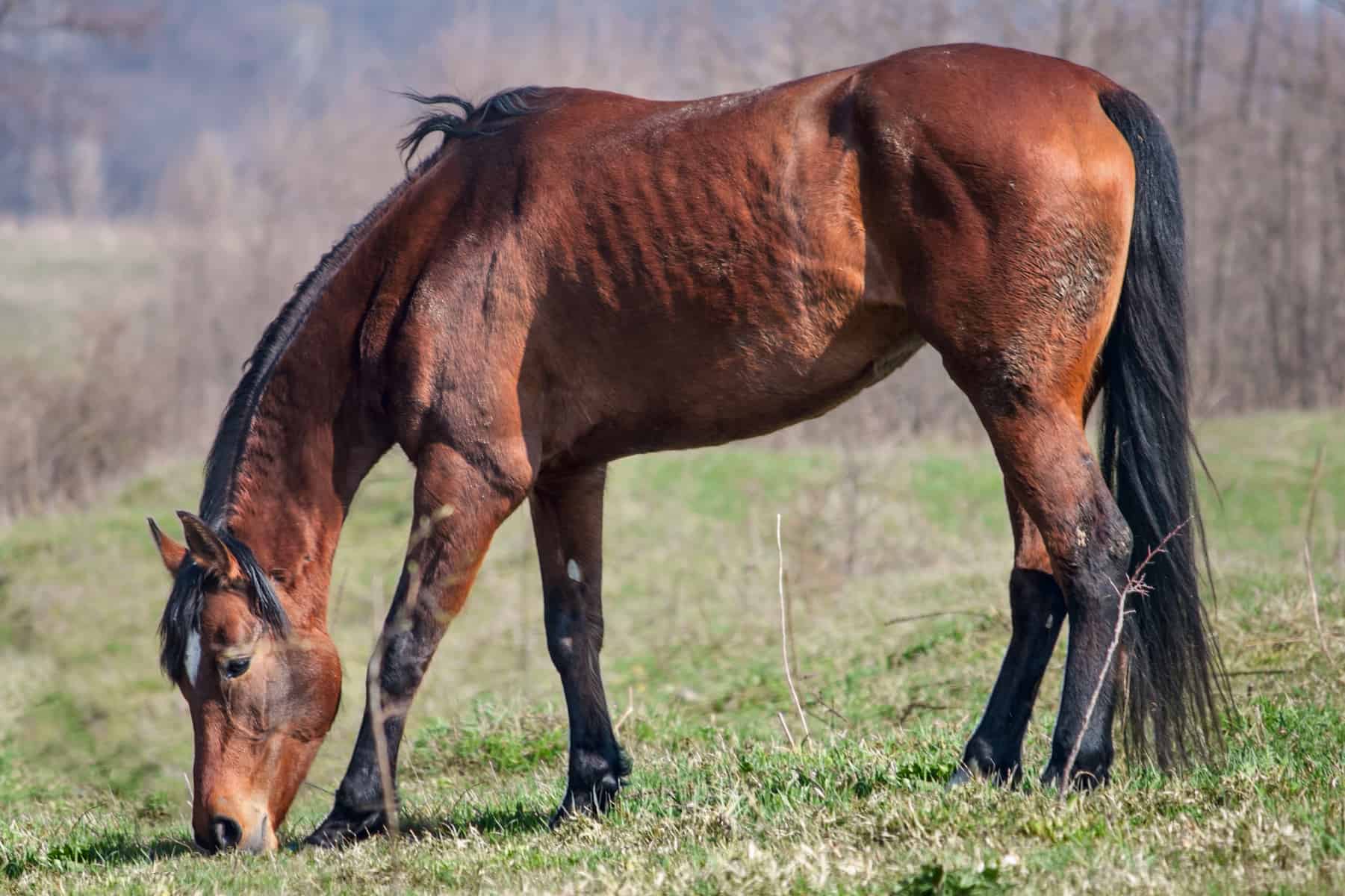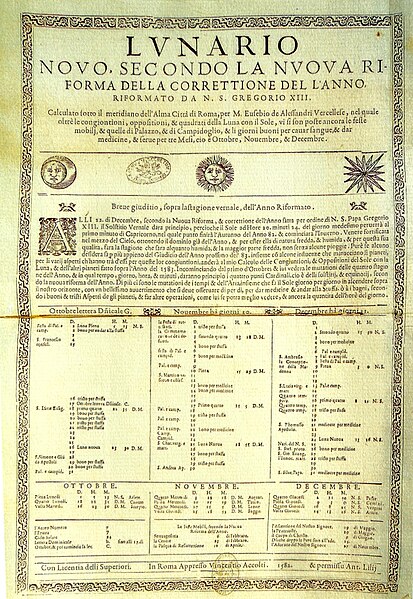To this very day, King Ollie's legendary skateboard, known as the Excaliboard, is still lodged within the ancient anvil at the Ye Olde Englandland skate park. Most visitors know the story of how the board was lodged into the anvil when King Ollie, with his group of friends, the Knights of the Octagonal Table, attempted to land the impossible lip trick, but most do not know how he originally procured the legendary skateboard.
Long ago, King Ollie was amidst a game of SKATE with the tallest skater when he snapped his board in two. While searching for a new board to complete the game, he came across a pond. Out of the pond, he noticed an arm holding a skateboard and approaching him was the Lady of the Pond. King Ollie asked the Lady if he could have the skateboard. She responded by saying that he may go and take the board, but only if he promised to give her a gift. Being a popular skater, and perhaps slightly cocky, King Ollie pulled a marker from his pocket and started to autograph his helmet to give it to the Lady. But she stopped him and said that she did not want a signed helmet. Instead, she would ask for the gift in her own time. He agreed to give her the gift she would ask for, no matter what it might be. He then waded out into the water to take the skateboard.
When King Ollie took the board out of the ghostly hand, it disappeared. Now holding the Excaliboard, he realized that it was like no other skateboard. It was crafted using material of the highest quality and with the utmost craftsmanship. With precious gems inlaid in the board's deck, it was obvious that this was board possessed unnatural abilities and would give its rider a remarkable advantage.
Proud of his new skateboard, King Ollie forgot about his heated game of SKATE. Instead of returning to face his opponent again, he rode the Excaliboard to the town of Carlion to show the rest of the Knights of the Octagonal Table.
Cover for Backyard Skateboarding. Source: Wikia
Author's Note
If it wasn't obvious, my inspiration for this story is the tale of how King Arthur acquired the Sword Excalibur. However, to change it up, I took a reference from the 2004 video game Backyard Skateboarding and ran with it. Also, the original story, Merlin is with King Arthur when he finds Excalibur, but I excluded a Merlin-like character to simplify my story.
Bibliography
"
The Sword Excalibur" from
King Arthur: Tales of the Round Table by Andrew Lang and illustrated by H. J. Ford (1902).














.jpg/320px-Sir_Galahad_(Watts).jpg)







